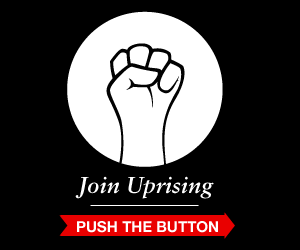Want Brand Success? Make Your Customers Cry, But Don't Stop There
Posted on 12th Apr 2012 by Scott Goodson in Tips and TricksWe all love things that make us laugh. Or that make us cry. Brands know this – it’s why there are tons of commercials which have really gone all out and not just tugged on our heart strings but really yanked them. Who could forget Google Chrome’s ‘Dear Sophie’ where a father emotionally transcribes precious memories of his little girl so he can share them with her?
But once the emotional tears have dried, did you feel any loyalty to that brand? Did you make sure you always bought that particular brand from then on? An emotional commercial is often a one-hit wonder. We won’t forget it, but it doesn’t make us want to buy a product or a brand just because it’s made us laugh or cry.
Emotions get our attention, but they don’t hold it there as they once did. What was so effective about Google’s ‘Dear Sophie’ commercial was that it didn’t talk about how fast the browser was. Or that it was new, all-singing and all-dancing. It was a dad sharing memories with his little girl. It is Google, a brand we engage with daily so they don’t need to do much more. But there’s a lesson in this worth considering.
We love things that touch our emotions in just a few short seconds. Whether they’re in TV, print or radio. They all reach us in different ways. But nowadays we expect more than that. We want something we can engage with. Google knows this – it’s why they don’t tend to shout much these days about just how great their stuff is. Instead, they show everyday folks using it. They tell us a story. And because we search, mail, map over Google we engage deeper with the brand. And if you’ve noticed, they’re not the only brand doing this. Other brands don’t have the obvious advantage of Google so they make engagement happen in their own way. In social media, in live events, in gaming… lots of ways.
What’s nice about this new approach is there is no hard sell.
Just like Cultural Movements, which totally avoid the product pitch and directly engage with us about the things we’re passionate about and interested in.
Tapping into someone’s emotions and then ramming home a sales pitch just isn’t what makes us tick. We’d be highly resistant to such an opportunistic way of marketing. By all means use emotions as a way to get us to buy something and indeed buy into something – but don’t make it so obvious.
And next time you find yourself talking about a commercial you’ve seen or heard, think just about why it’s connected with you so much. Perhaps it was meant to all along. You were exactly who they were hoping to reach.
blog comments powered by Disqus








